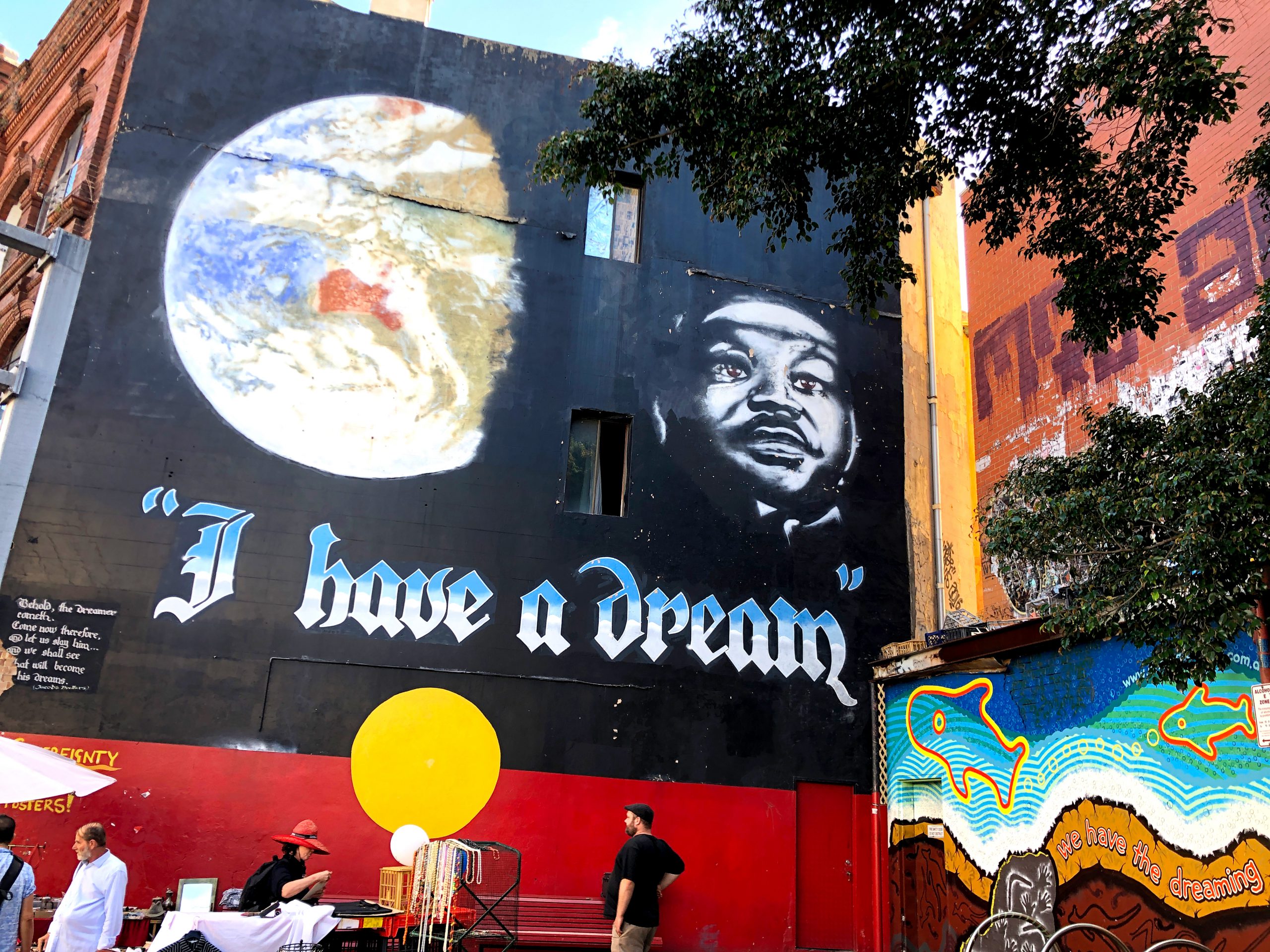Growing up in the small country town of Dareton, in far west NSW, Shantelle Thompson didn’t feel like she fitted in. Being raised by her white father and without her Indigenous mother in a place where you were either black or white was challenging. Shantelle decided to create her own destiny.
She remembers throwing her first punch when she was about eight. “Growing up, you either learnt to stand your ground or you got pushed back, so I learned to push back and stand my ground.”
A three-times jiu-jitsu world champion, Shantelle is a survivor of child sexual abuse, bullying, and severe postnatal depression that almost made her take her own life. “Jiu-jitsu saved my life,” she says.
Her aunt introduced Shantelle – now known as the “Barkindji Warrior” – to the sport when she was 18. Through jiu-jitsu she met the father of her children. The sport also helped her get over her postnatal depression in 2010.
“It gave me space to find myself. It gave me space to heal.”
Already a blue, purple and brown belt world champion, Shantelle’s dream is to add black belt to that list. But the highlight of her life has been her journey, she says.
“It is the person, the woman that I’ve become. The story that I’ve been able to write and people I’ve been able to inspire.”

Throughout Australian history, sport has illuminated society. Indigenous athletes such as Cathy Freeman, who won gold in the 400 metres at the Sydney Olympics, have been able to create a big impact.
However, that sporting history has also been peppered with racism – Freeman suffered it earlier in her career – and, as the Adam Goodes affair demonstrates, it has not gone away.
“We’re still fighting to have our voices heard, to have our culture and contribution respected,” says Shantelle.
“I want to see the narrative about my culture and about my people changed to one of respect and acknowledgment, and of contribution and value.”
She adds: “The rest of Australia wants to promote us when we achieve. They don’t want to help us get there.”

Goodes, a proud Adnyamathanha man and former Australian of the Year, spoke out against racism after being vilified by a young spectator during an AFL match. The booing that marred his subsequent appearances led him to quit the game in 2015.
Another former AFL player, Michael Long, has told how when he first came to Melbourne to play for Essendon in 1985, the racism towards Aboriginal players was regular and overt.
According to sports journalist Michael Flanagan, attitudes began to change after Long spoke out in 1995 about being called “a black bastard” by Collingwood’s Damian Monkhorst.
The incident led to the AFL’s ground-breaking anti-vilification policy and zero tolerance approach to on-field racism.
Long, who retired in 2001, is now the AFL’s Indigenous Programs Manager, working to improve the lives of Indigenous youth nationwide.
Another key landmark for AFL was when St Kilda player Nicky Winmar lifted his shirt during a match in 1993 to proudly display his black skin.
Nowadays, Indigenous players are actually over-represented in AFL (about 10 per cent of players, compared to 3.3 per cent of the Australian population).
Shantelle Thompson says: “I’ve had to fight really, really hard for the support that I have gotten. It’s taken a long time.”
She wants to break that cycle, creating a new narrative about what it means to be a First Nations fair-skinned woman in the 21st century. She wants her children and grandchildren to have a different legacy.
Despite the challenges she faced growing up, Shantelle says she was fortunate to have strong role models.
Today she is a role model herself, named NAIDOC Sportsperson of the year last year. She says the honour has given her a platform to raise her voice, inspiring and empowering others.
Living in remote areas, and the cost of transport, can make it difficult for Indigenous people to participate in organised sporting events. So can even just the cost of registering for a team and buying a uniform.
Marcia Ella-Duncan, a former member of the Australian netball team, has seen improvements in access to organised sport and competitions in some remote areas over the years. Some areas now have regional netball academies.
The annual Super Netball competition, known as the Indigenous Round, demonstrates the increasing professionalism of Indigenous women’s sport, says Marcia.
“It’s big step forward and sends a message to everyone.”
Marcia, who grew up in La Perouse, Sydney, made history when she became the first Indigenous woman to represent Australia in netball, against New Zealand in Christchurch in 1986.
Being inducted into the Australian Netball Hall of Fame meant even more to her community than to her. “It sends a message into our community that you can do anything,” she says.
Marcia and Shantelle agree that sport in Australia still has a long way to go in terms of First Nations representation.
Less than a quarter of Indigenous women play sport, with many citing continuing racism as a big barrier.
“It’s about equality and recognition and giving space for Aboriginal athletes within the media to have a voice,” says Shantelle.
“I think when we are accepted and celebrated, not just for our sporting accomplishments and talent, but also for our culture, I think that’s when we start to see change.”


